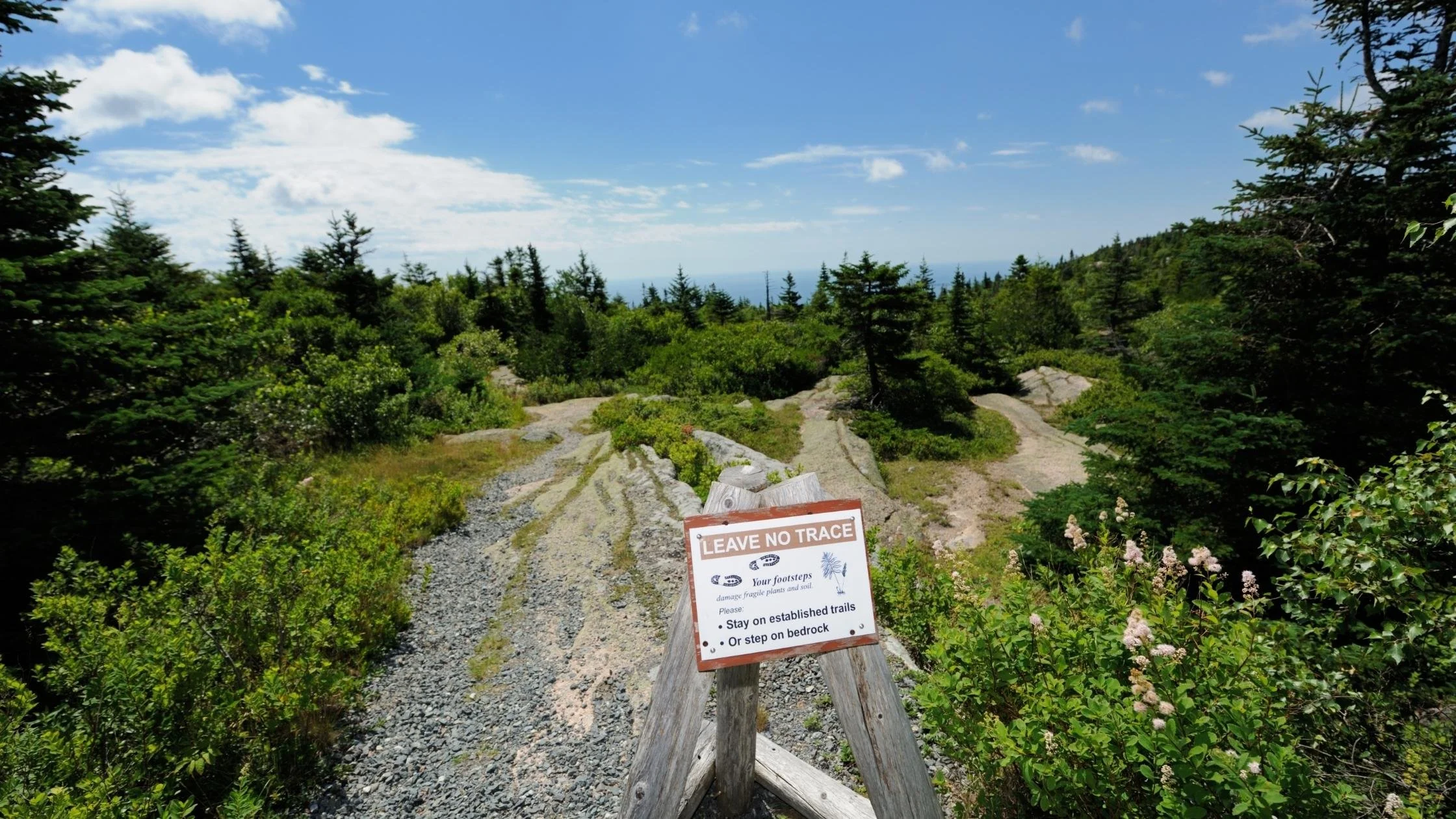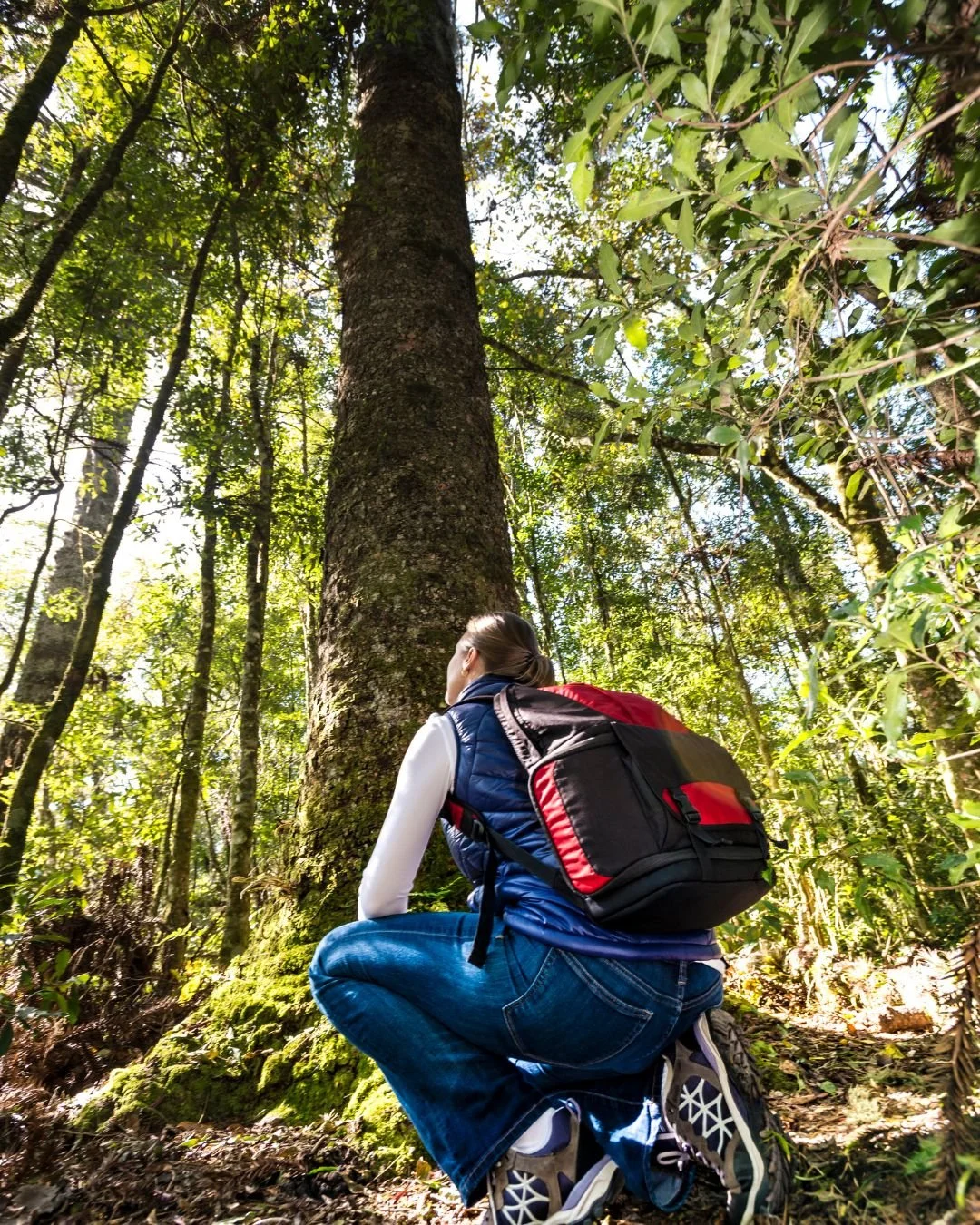The 7 Principles of Leave No Trace – An Essential Guide for Urban Climbers
Introduction
Climbing is more than just a physical challenge—it’s an opportunity to connect with nature. But with that connection comes the responsibility to protect these environments. As more people embrace climbing, particularly in urban areas, it’s vital to preserve these spaces for future generations. The Leave No Trace (LNT) principles provide a framework for doing just that. At NY3C, we’re committed to helping climbers minimize their impact on the environment, and the LNT guidelines are an essential part of that effort.
In this overview, we introduce the seven principles of Leave No Trace. Over the coming posts, we’ll explore each principle in detail, giving you actionable advice on how to incorporate these ideas into your climbing adventures.
Before you dive into the seven Leave No Trace principles, don’t forget to grab our copyable Leave No Trace Checklist at the bottom of this post! It’s designed for climbers like you—ready to be copied directly into your phone’s notes app for easy reference.
The 7 Leave No Trace Principles
1. Plan Ahead and Prepare
Before you head out, make sure you’re prepared. Use resources like Gunks Apps, All Trails, or Powerlinez to learn about the area you’ll be climbing in. Understanding the local rules and weather conditions is key to minimizing your impact and ensuring a safe, enjoyable experience.
Why it matters:
Proper planning helps you avoid unintentional harm to the environment while keeping you and others safe.
Quick Tip:
Engage with local climbing communities or online forums to get real-time insights on trail conditions, closures, and any special environmental concerns.
2. Travel and Camp on Durable Surfaces
Always stick to established trails and durable surfaces like rock or gravel. Straying off-path can damage fragile plant life, especially in urban areas where the environment is already under pressure.
Why it matters:
Traveling off-trail can trample delicate flora and disrupt ecosystems. Sticking to durable surfaces protects the environment and maintains the natural beauty of the area.
Quick Tip:
If you’re camping, set up at least 200 feet from water sources and on durable surfaces to avoid damaging the surrounding vegetation.
3. Dispose of Waste Properly
“Pack it in, pack it out” is a basic but crucial rule. This means taking all your trash with you, including food scraps and human waste. Use proper disposal methods to keep the area clean for future climbers.
Why it matters:
Litter and improper waste disposal can harm wildlife and contaminate water sources, making the environment less enjoyable for everyone.
Quick Tip:
Always carry a waste kit with a trowel, hand sanitizer, and zip-lock bags for toilet paper. Using wag bags is essential in areas where digging isn’t possible.
4. Leave What You Find
Take only memories and leave everything else undisturbed. Avoid removing rocks, plants, or other natural objects. Resist the urge to build cairns or alter the landscape.
Why it matters:
Removing natural objects disrupts the ecosystem, and building unnecessary cairns can mislead other climbers and hikers.
Quick Tip:
Keep your phone or camera ready to take pictures of interesting rocks or plants, rather than taking them home as souvenirs.
5. Minimize Campfire Impact
Campfires, while enjoyable, can cause long-lasting damage if not managed properly. Use established fire rings, keep fires small, and ensure they’re completely out before leaving. In some areas, it’s best to avoid fires altogether.
Why it matters:
Campfires can scar the landscape and contribute to wildfires. Using a portable stove instead can reduce your impact significantly.
Quick Tip:
Carry a lightweight camp stove for cooking and warmth, especially in areas where fires are discouraged or prohibited.
6. Respect Wildlife
Climbing areas are often home to sensitive wildlife. It’s important to observe animals from a distance, never feed them, and avoid disturbing their habitats. Plants and flora are just as important, as they are essential to local ecosystems and animal life.
Why it matters:
Getting too close to wildlife can stress animals, disrupt their natural behaviors, and even endanger their lives. Plants serve as crucial feeding and nesting areas, so protecting them is just as important.
Quick Tip:
Use binoculars or a zoom lens to observe wildlife without getting too close. Stick to established trails to avoid disturbing animals and plants.
7. Be Considerate of Other Visitors
Climbing is a communal experience, and it’s important to be mindful of others around you. Keep noise levels down, avoid monopolizing routes, and be considerate of how your actions affect others.
Why it matters:
Consideration for others fosters a positive outdoor community and ensures everyone can enjoy the experience.
Quick Tip:
If you see someone unknowingly causing harm to the environment, kindly educate them on the Leave No Trace principles. Often, a gentle reminder is all it takes.
Conclusion
The Leave No Trace principles offer a simple and effective way to enjoy climbing while protecting the environment. Whether you’re scaling a crag in the city or exploring more remote areas, these principles ensure that future generations can enjoy the same experiences we do today.
To provide additional support, we have broken down each of the 7 Principles of Leave No Trace, so you can delve deeper into how to apply these practices. The next blog post focuses on the principle of Planning Ahead and Preparing, which is the first and most essential step for a sustainable climbing adventure.
Read the first post in our Leave No Trace series: Plan Ahead and Prepare for Your Climbing Adventures →
NY3C Climber's Leave No Trace Checklist
Plan Ahead and Prepare
- Research the area's rules and regulations
- Check the weather forecast using reliable sources
- Consult with local climbers or guides for insider tips
- Have an exit and emergency plan ready
Travel and Camp on Durable Surfaces
- Stick to marked trails or durable surfaces
- Camp at established sites, at least 200 feet from water sources
- Minimize impact by avoiding creating new trails or campsites
Dispose of Waste Properly
- Pack out all trash, food scraps, and waste using appropriate bags
- Bring a waste disposal kit including wag bags, trowel, and hand sanitizer
- Use biodegradable soap and ensure all washing is done 200 feet from water sources
Leave What You Find
- Avoid taking natural souvenirs or altering the landscape
- Do not build or dismantle rock cairns unless guided by a park steward or local climbers
Minimize Campfire Impact
- Use established fire rings and keep fires small
- Ensure all fires are completely extinguished before leaving
- Gather firewood responsibly, using only wood found on the ground
Respect Wildlife
- Observe wildlife from a safe distance (25 feet for most animals, 300 feet for predators)
- Avoid feeding wildlife and do not leave food unattended
- Store food securely to avoid attracting animals
Be Considerate of Other Visitors
- Keep noise levels to a minimum and respect the experiences of others
- Share common areas responsibly, being mindful of your group’s impact
- If you see someone unknowingly causing harm, kindly educate them on Leave No Trace principles






